Opportunities to capture dramatically different seasonal pictures of the same subject come with the territory of our temperate region. Next year, consider challenging yourself to document how a flower bed or prominent deciduous tree transforms seasonally in response to changing light, temperature, and moisture.

The picture above, taken on the first day of winter, records the deteriorated condition of the common milkweed plant (Asclepias syriaca) I began observing during the first week of summer. The image might easily be termed an end point, but for documentation images that preceded it.
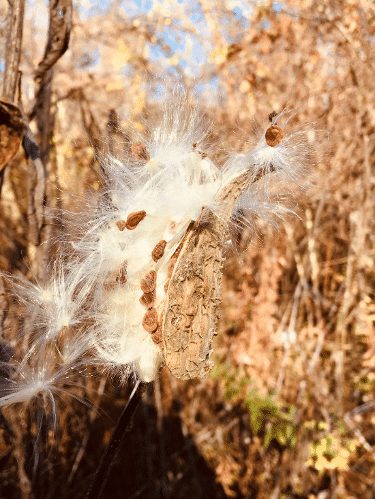
Here, on a bright early November day, the burst seed pod offered dozens of matchhead-sized brown seeds, each attached to sparkling down-like filaments to the wind. With this picture as reference, the empty winter solstice pod implies continuance as much as conclusion.
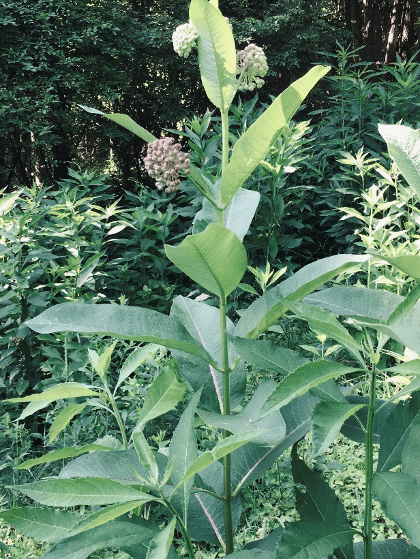
My observations began in late June, several days after the summer solstice, and just before the milkweed plant bloomed. My resolution for future observations is to begin them far earlier in the growing season, and to learn more about the insect fauna associated with the plant.
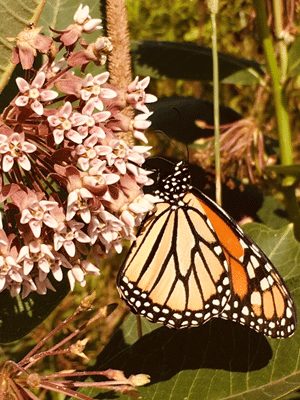
Monarch butterflies (Danaus plexippus), a species currently experiencing alarming population declines, are the most well-known insects associated with milkweed. This one pictured above visited the plant’s lavender blossoms on July 25.
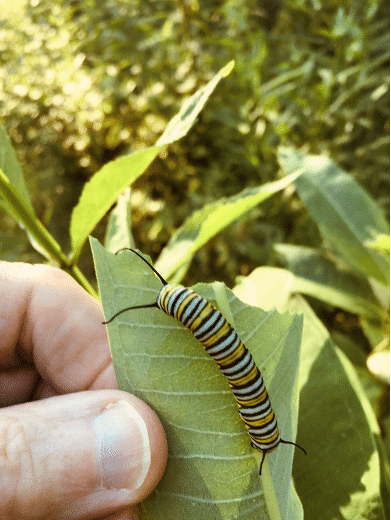
Monarch butterfly caterpillars, such as the one photographed eating this leaf on August 19, are dependent on milkweed for nourishment and the predator protection they gain from the plant’s toxins.
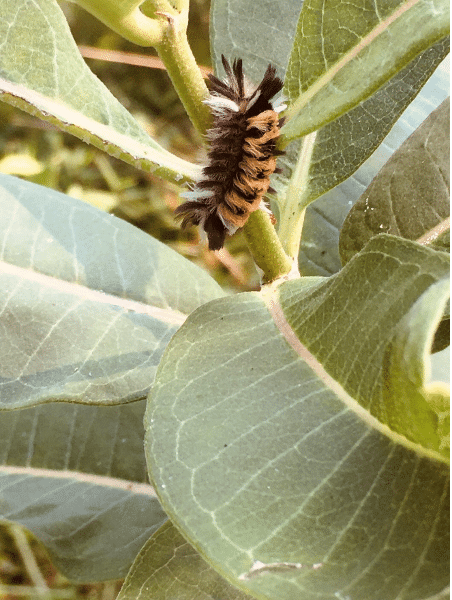
A lesser known milkweed dependent insect is the milkweed tussock moth (Euchaetes egle). A caterpillar of the species was photographed on the plant in mid-August.
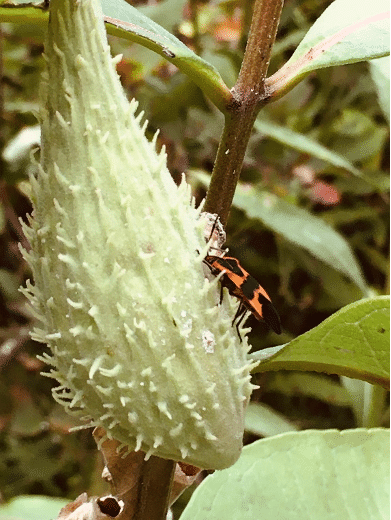
The diet of the large milkweed bug (Oncopeltus fasciatus) includes seeds, so the presence of seed pods does not necessarily guarantee a bountiful crop the next growing season. The insect pictured above visited the plant on August 21.
Patrick McShea works in the Education and Visitor Experience department of Carnegie Museum of Natural History. Museum employees are encouraged to blog about their unique experiences and knowledge gained from working at the museum.
Related Content
Collected on This Day in 1934: European larch
